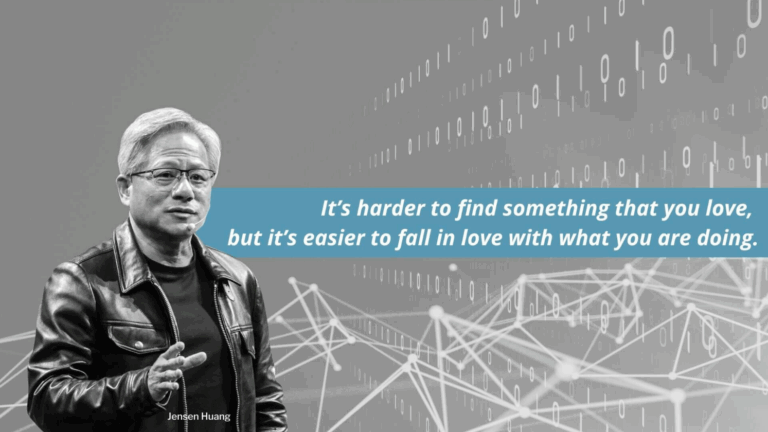We can learn a lot from children’s books. In Peter Reynold’s “The Dot,” he writes about a little girl named Vashti who has very little interest in Art. Her teacher asks her to just try, so she jabs a marker onto her paper making a dot. The teacher asks her to sign it, and she says to herself, “maybe I can’t draw, but I can sign my name.” This is Vashti’s first act of ownership. The next day, Vashti sees her art framed above the teacher’s desk. She was proud. It was her dot. But she thought, “I can do better than that” – her second act of ownership. What followed was complete immersion, joy, and love in the very thing she initially resisted.
Find Something You Love
The call to “find something you love to do” is taught to us at an early age–when we are asked to choose our favorite story in class, to pick a sport to try, or declare our dream job in a career day essay. We base these decisions on our initial interest and love for those things. We also hear it echoed in the Ikigai framework; finding and focusing on what you love, what you are good at, what the world needs, and what you can be paid for.
When we expect to only do what we love, we miss the opportunity to grow love in the things we initially resist.
Love What You Are Doing
Jensen Huang, CEO of Nvidia, emphasizes this very point; “It’s harder to find something you love, but it’s easier to fall in love with what you are doing.” He shares about his own personal journey from dishwasher, to busboy, to waiter. None of these jobs were his dream. None were guaranteed to align with his strengths or purpose.
Yet, like Vashti, he approached each job with ownership and pride. By putting his name on his work, he made it matter. And through that ownership, love followed.
Love through Ownership
One small act of ownership can transform resistance into engagement and mundane tasks into meaningful work. When we commit, contribute, and care, we create the conditions for love to emerge.
Ownership becomes the bridge between doing and loving.




